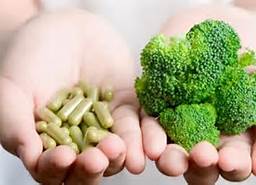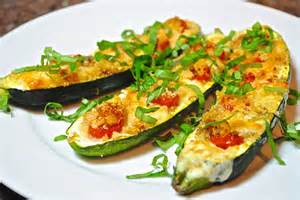Insulin and Leptin Resistance

|
Voltaire |
insulin and leptin resistance.
When you first eat a meal, your blood sugar levels are supposed to go up gradually, and then drop gradually over a period of time. Foods rich in fiber and protein ensure this happens. Carbohydrates such as white rice, potatoes, white flour, cereals, and breads turn quickly to sugar, altering this gradual change of blood sugar levels. Obvious sugars (candy, ice cream, cookies, cake, etc.) dramatically alter the up and down swings of blood sugar.
Usually, our bodies break down food we eat into potential energy. That energy enters the blood stream mostly in the form of glucose. Pancreas produces insulin in response of high blood sugar. Glucose is then escorted into our cells with the help of the hormone insulin, where it becomes the fundamental fuel for all cell activity.
When you consume sugars or refined carbohydrates, your blood sugar raises too quickly and too high, then crashes (or comes down) too quickly and too low. This imposes the consumption of more sugary foods or carbohydrates to raise blood sugar up once more. This cycle is commonly referred to as "roller coasting". When blood sugar is too high, it is referred to as hyperglycemia. When too low, it is referred to as hypoglycemia. These swings are initially small, but get more and more dramatic over time. Your pancreas secretes insulin into your bloodstream, lowering your glucose level in the blood, but cells don’t take glucose, and blood sugar stays high.











